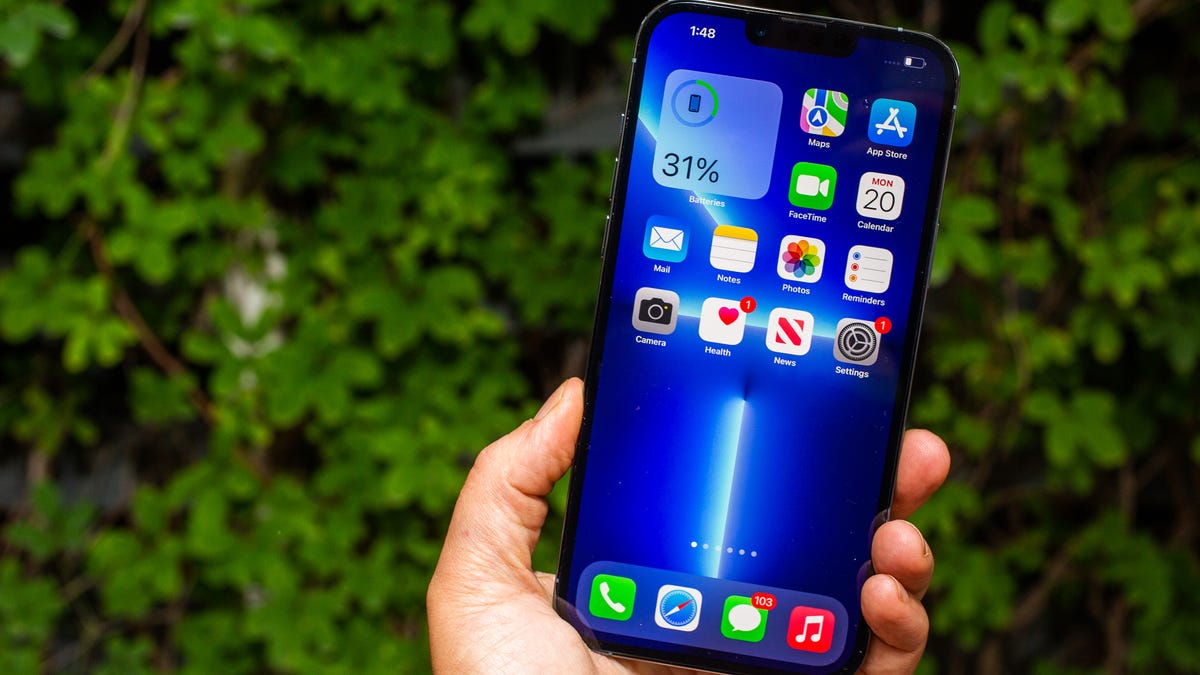
Apple's messaging service works like a charm, even across several devices, but it requires a bit of setup to function properly.


Jason Cipriani is based out of beautiful Colorado and has been covering mobile technology news and reviewing the latest gadgets for the last six years. His work can also be found on sister site CNET in the How To section, as well as across several more online publications.
Jason Cipriani Oct. 9, 2021 3:00 a.m. PT 3 min read
Apple's iMessage lets you integrate stickers and apps with your messages or send those messages with flair. You can also sync iMessage between different Apple devices -- but only once you've set it up properly. If messages are showing up on your iPhone, but not your iPad or Mac, you're not alone, and we can help.
If you're struggling with sending and receiving iMessages on all the things, then follow along.
Using the same Apple ID and use just your phone number to send and receive messages is the best way to ensure all of your iMessage conversations are sent to all of your Apple devices. If you need to use an email address as well as your number, just double check that the same email address is selected on all of your Apple devices.
Let's start with making sure everything is set up properly on your iPhone, before we move on to an iPad or Mac.
Now that you have iMessage set up on the iPhone, you need to verify the same information is used on your remaining Apple devices.
If the Apple ID doesn't match, you can tap on it and follow the prompts to sign out, then sign in with the same Apple ID you used on your iPhone.
Editors' note: This post was originally published in 2012; it has since been updated to reflect new features.